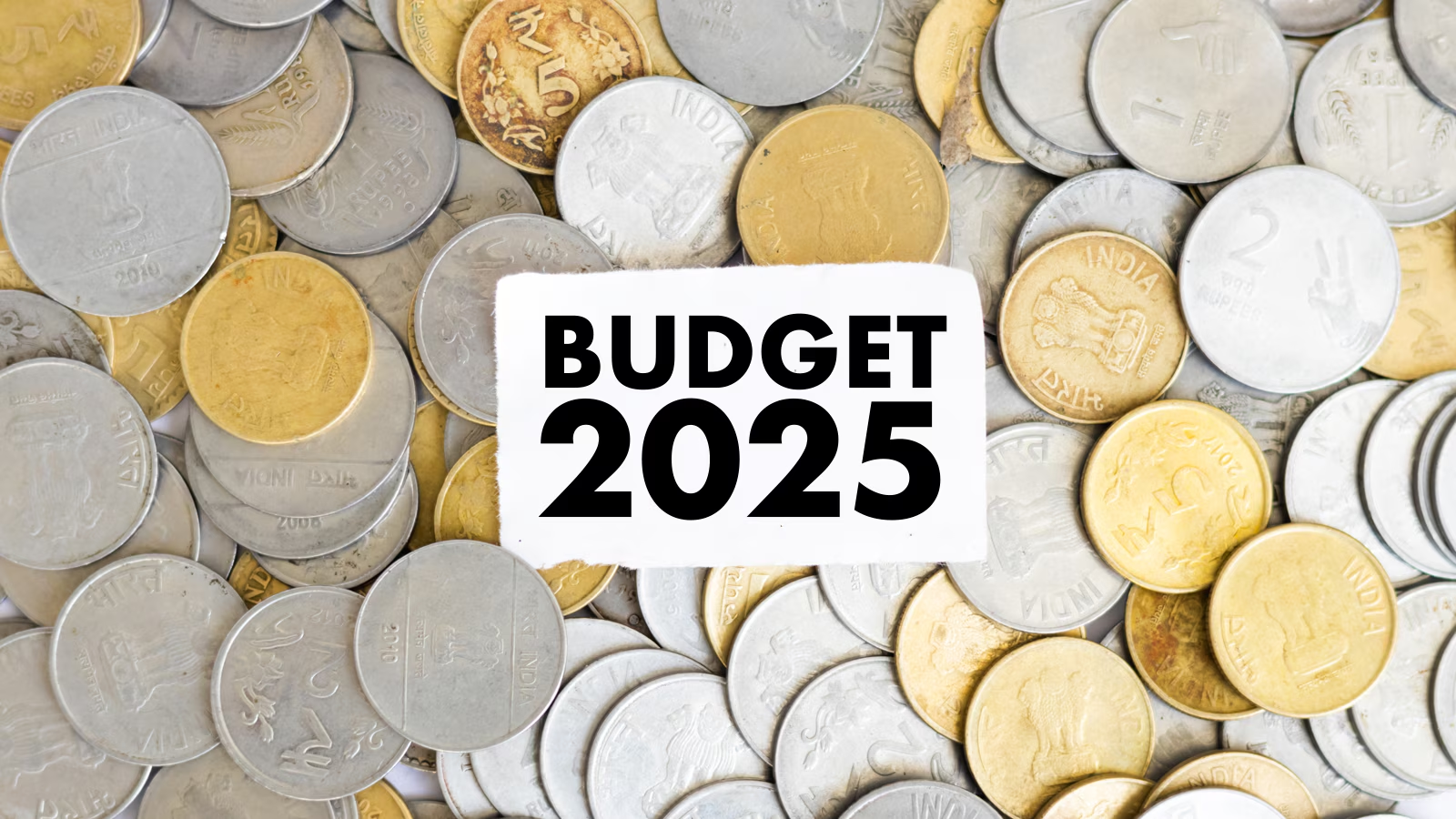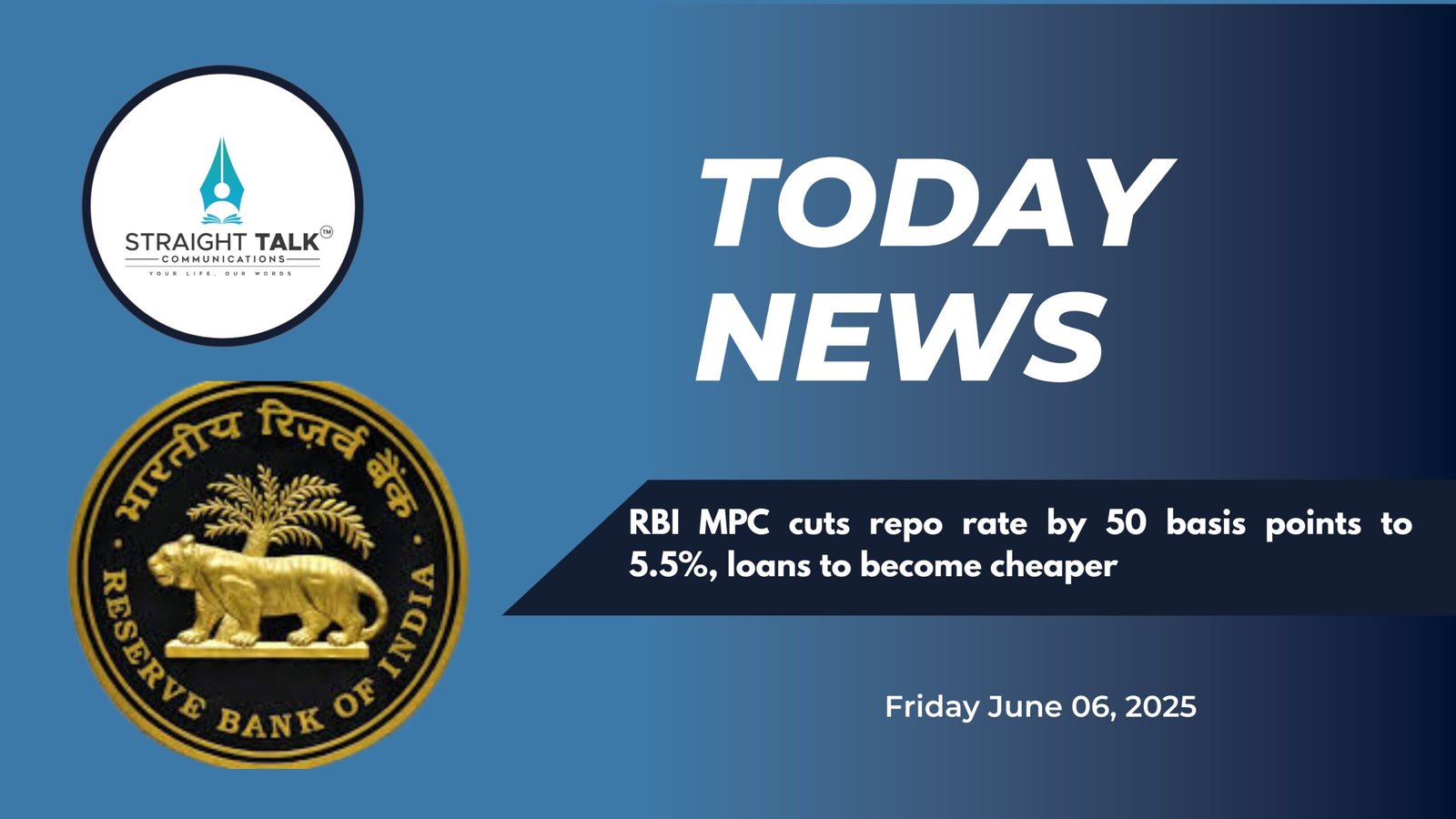Finally, a Budget for the Middle Class! (Or So They Say…)


Dr Noour Ali Zehgeer
In a move that has been hailed as “historic” (by those who drafted it) and “too good to be true” (by those who have seen budgets before), Finance Minister Nirmala Sitharaman presented the Union Budget 2025, making a bold claim—zero income tax up to ₹12 lakh! Yes, you read that right. The government, in its infinite wisdom and generosity, has decided to let hardworking Indians keep a bit more of their own money.
A Budget for the Middle Class—For Real This Time?
For decades, the Indian middle class has been the economic backbone of the country, tirelessly working, paying taxes, and hoping that someday, just someday, the government would throw them a bone. Well, that day has apparently arrived! Sitharaman proudly declared that under the revised new tax regime, those earning up to ₹12 lakh annually will not pay a single rupee in income tax.
This sounds like a dream come true—until you remember the fine print. First, this is under the new tax regime, which means if you still love your old exemptions and deductions, you might not be eligible. Second, inflation has already ensured that ₹12 lakh isn’t quite the fortune it used to be. And third, well, let’s wait and see how “simple” the new income tax bill really is.
Wait, We’re Not Paying Taxes Anymore?
The announcement is music to the ears of the middle class, but let’s not forget—governments don’t just give money away. If income tax isn’t coming from this bracket, rest assured, it’s going to be squeezed out from somewhere else. Increased indirect taxes, new levies, and the ever-so-reliable “cesses” are always lurking around the corner, waiting to compensate for any revenue loss.
If history has taught us anything, it’s that governments love to play the classic “reduce taxes here, increase taxes elsewhere” game. In the coming months, expect hikes in fuel prices, service taxes, or a mysterious new surcharge that no one saw coming. After all, revenue must flow!
Budget 2025’s Other “Gifts”
While the tax relief stole the show, Sitharaman had other goodies in her budget bag, focusing on agriculture, MSMEs, and infrastructure. Among the key takeaways:
Boost for Agriculture: Several incentives were announced for farmers, though one wonders if these will actually reach them or just get lost in bureaucratic red tape.
MSME Support: Small businesses will get easier access to credit—because what they really needed was more loans, not policies that actually help them thrive.
Infrastructure Development: More roads, railways, and airports, which will, of course, lead to more toll booths, fare hikes, and service fees.
In short, the government has promised to spend billions to “uplift” the economy, which, in translation, means increased government borrowing, potentially higher inflation, and more creative ways to recover these funds from the same middle class they are now “helping.”
The Modi Government’s Third-Term Magic
This budget is the first full-fledged financial roadmap of the Modi government’s third term, and Sitharaman’s eighth consecutive budget presentation—an impressive record, indeed. But while she has outdone herself in delivering budget speeches, the real question is: will the benefits of these policies actually trickle down to the average Indian?
Over the years, every budget has come with grand announcements, tax cuts, and ambitious reforms. Yet, ask any middle-class taxpayer, and they’ll tell you that their expenses continue to rise, their savings continue to shrink, and their disposable income remains a myth.
A New, Simpler Tax Bill—Because It Wasn’t Confusing Enough?
Sitharaman has promised a new and “simpler” income tax bill next week. Anyone familiar with how taxation works in India knows that “simplification” often means “more confusion.” If you thought filing taxes was already complicated, just wait until the new bill is introduced. Accountants and tax consultants across the country are already rubbing their hands in glee, knowing that their business is about to boom.
The Middle Class Reacts: Should We Celebrate or Be Suspicious?
As news of the budget spread, reactions from the middle class ranged from cautious optimism to outright skepticism.
“Finally, some relief! No tax till ₹12 lakh is amazing,” said one salaried professional, before quickly adding, “but I’ll wait to see the actual tax slabs before celebrating.”
“Let’s see how they make up for this revenue loss. I expect petrol prices to hit ₹150 per liter soon,” quipped another.
“They say it’s a ‘pro-middle class budget,’ but history tells us we’ll end up paying somewhere else. Maybe through a new ‘development cess’?”
The most common sentiment, however, was simple: We’ve seen these promises before. Let’s see how this plays out.
Final Thoughts: The Devil Is in the Details
While the zero-tax policy up to ₹12 lakh is a headline-grabber, the real impact will be understood only when the fine print is revealed. Will this genuinely benefit the middle class, or is it another classic case of “take from one hand, give from the other”? Will the “simplified” tax bill actually be simple, or will it be another bureaucratic labyrinth? And most importantly, will this lead to real savings for the average taxpayer, or will inflation, indirect taxes, and new levies wipe out any potential gains?
One thing is certain: budgets in India have always been about grand announcements, and it’s the months after the budget that truly reveal whether they were blessings or just another financial illusion. Until then, enjoy the moment, middle class—because history suggests it won’t last long.







